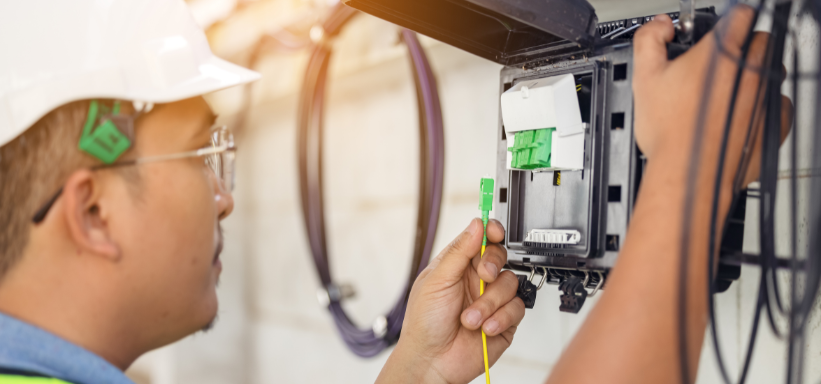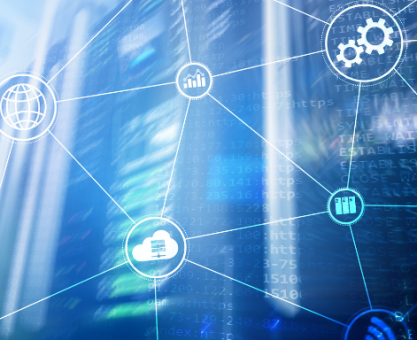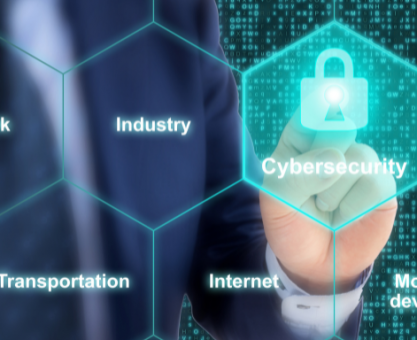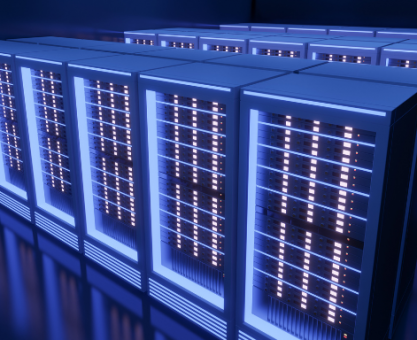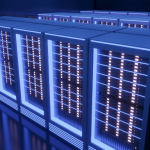Executive Summary
-
Fiber optics technology is crucial for supporting the exponential growth of digital infrastructure.
-
It provides unmatched speed and reliability compared to traditional copper cables.
-
Investors are increasingly focusing on fiber optics as a robust sector with high returns.
-
Challenges include high initial setup costs and complex deployment processes.
-
Strategic insights on market trends and future growth opportunities are essential for stakeholders.
Introduction
In an era where digital connectivity defines economic growth, the demand for fast and reliable internet infrastructure has never been higher. Businesses and consumers alike are pushing the limits of existing technology, necessitating a shift towards more advanced solutions. Enter fiber optics: the technology poised to revolutionize digital infrastructure. This article delves into why fiber optics are essential for the future of the digital economy, offering insights for investors, entrepreneurs, and tech enthusiasts.
Definitions / Context
Fiber optics refers to the technology that uses thin, flexible fibers of glass or plastic to transmit data as light signals. Unlike traditional copper wires, fiber optic cables offer higher bandwidth, faster speeds, and longer transmission distances, making them the preferred choice for modern digital communication.
Benefits / Pros
-
High-Speed Data Transmission: Fiber optics can deliver data at speeds much faster than DSL or cable internet.
-
Increased Bandwidth: Supports a higher volume of data transfer, crucial for businesses relying on cloud services and streaming platforms.
-
Reliability: Less susceptible to interference, ensuring consistent connectivity.
-
Future-Proof Investment: With increasing data demands, fiber optics are positioned to support future technological advancements.
Risks / Cons / Challenges
-
High Initial Costs: The installation and infrastructure costs for fiber optics are significant, posing a barrier for some regions.
-
Complex Deployment: Requires specialized skills and equipment for installation and maintenance.
-
Regulatory Hurdles: Compliance with local and international regulations can complicate deployment strategies.
Step-by-Step Process
How to Invest in Fiber Optics Infrastructure
-
Research Market Trends: Understand current demands and future projections in digital infrastructure.
-
Identify Key Players: Look for companies leading in fiber optic technology and infrastructure.
-
Analyze Financials: Examine the financial health and growth potential of targeted investments.
-
Assess Regulatory Environment: Understand legal requirements and potential barriers in target markets.
-
Invest & Monitor: Make informed investment decisions and continuously monitor market and technological developments.
In 2022, CityX partnered with FiberOpticCo to transform its digital infrastructure. Through strategic investments in fiber optics, CityX increased internet speeds by 200% and improved digital services for businesses and residents. This move not only enhanced connectivity but also attracted new tech firms to the area, boosting the local economy.
– Case Study: CityX & FiberOpticCo
Expert Tips / Strategic Insights
-
Epiidosis recommends focusing on metropolitan areas with growing digital economies as prime investment locations for fiber optics deployment.
-
Stay informed on technological advancements that may complement or enhance fiber optic capabilities, such as 5G integration.
-
Consider partnerships with established telecommunications firms to leverage existing expertise and infrastructure.
Tools / Resources / Calculators
-
Fiber Optic Cost Estimator: Calculate potential initial investment and ROI for fiber optic deployment.
-
Market Analysis Reports: Access comprehensive data on global fiber optic market trends.
-
Regulatory Guide: Understand compliance requirements in different jurisdictions.
Conclusion
Fiber optics represent the future of digital infrastructure, offering unparalleled speed and reliability. For investors, the sector presents lucrative opportunities, provided they navigate the initial costs and regulatory complexities. As digital demands continue to rise, fiber optics will undeniably play a pivotal role in shaping tomorrow’s digital economy.

